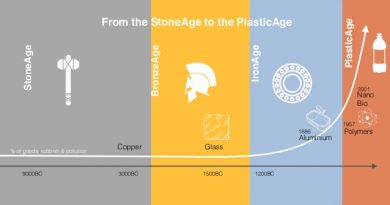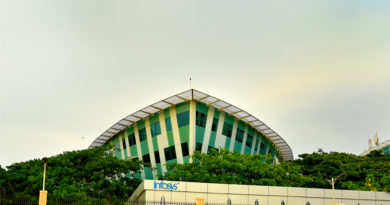Global Round Up: The fun, interesting and the promising
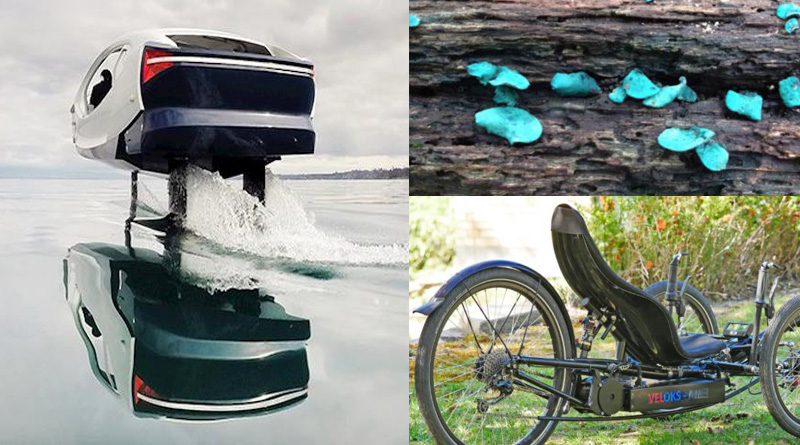
SeaBubbles The Zero-Emission Water Taxi
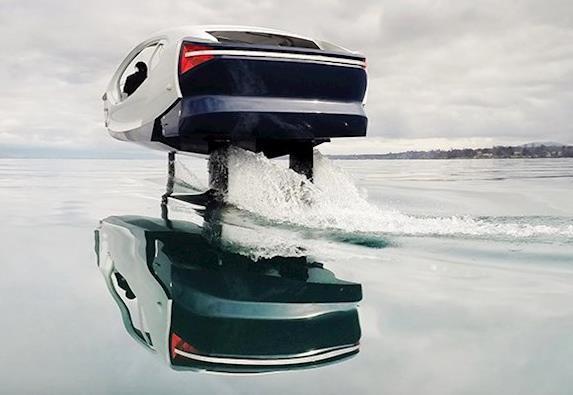 Source: https://new.abb.com
Source: https://new.abb.com
Sea bubbles is a zero emission water taxi designed by Caponnetto-Hueber in partnership with ABB. The vehicle uses hydrofoil technology to lift the hull of the boat out of the water and an array of advanced sensors to keep the vehicle perfectly balanced and stable.
The Sensor data is feed into the fly by wire system known as a semiautonomous or computerized control system, that manages the position of the 3 flaps on the foils to keep the craft stable regardless of conditions on the water. As the hydrofoils lift the hull out of the water, the water resistance to the bulk of the vehicle is minimized. This leaves only the hydrofoils and the three connections up to the body of the boat in contact with the water.
ABB’s Ability Marine Advisory System, known as the OCTOPUS has been installed into the SeaBubble to serve as the brain of the vehicle.
Fungus, Tomorrows Solar Cell
 Source: https://phys.org
Source: https://phys.org
A research team at Oregon State University has discovered that a rare fungus-derived pigment could replace silicon for use in solar cells. The new research involves the use of a natural, bright blue pigment called xylindein.
Xylindien is secreted by two wood-eating fungi of the Chlorociboria genus. Any wood that’s infected by the fungi is stained a blue-green colour. The pigment is so stable that decorative products made half a millennium ago using wood infected by the fungi, still exhibit its distinctive hue. Furthermore, it holds up against prolonged exposure to heat, ultraviolet light and electrical stress.
The solar angle comes in at the nanoscale level, in the form of a thin film. Xylindein has electronic properties suitable for solar cells. The film formed using the pigment is porous, irregular, and “rocky” in appearance.
This discovery is important from a cost perspective and from a sustainability point of view as well, because as much as we love solar power, solar cell manufacturing involves lifecycle impacts. The use of bio-based materials would help ensure that a world coated in solar cells is not throttling itself on clean power.
According to OSU, though, the new research is the first time that a fungus-based material has been used in thin-film electronics.
VELOKS MK3, The 400 Mile Range Trike
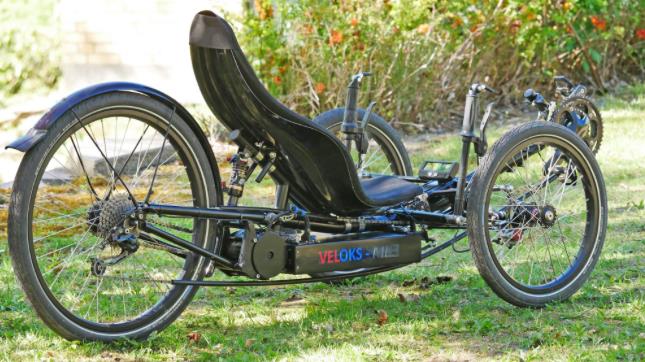 Source: https://veloks.com
Source: https://veloks.com
Made by engineer Lars Oksbjerre the fully electric trike (3-wheeled bike) VELOKS MK3 has a few iterations made to the original tadpole like design that has resulted in a bike capable of extreme long-range electric trips on any surface and under any condition. The low center of gravity, full suspension, and large fat tires, along with the comfortable padded seat, ensure a pleasant ride.
The VELKOS MK3 can be fitted with a 4 kWh battery pack unlike a conventional trike which can only fit a 1kWh Li-Polymer battery, thus extending the range to 400 miles as compared to a 100 miles for a conventional design.
The base price of the MK3 of VELOKS’ full suspension electric trike with a 100-mile range is €5,340. The bike weighs 38kg with the standard 1 kWh battery. For the full 400-mile trike which uses the 4kWh battery adds 10.8kg to the weight and is €970 more expensive.
This 3rd generation design MK3 is based upon Lars’ own experience of riding more than 10,000 miles on previous designs of the VELKOS MK series. The reclined seat, the suspension on all three wheels, the motor support, are all optimised for a comfortable, easy, and safe ride.
The trike is designed bottom-up for electric drive, and supports long distance rides in any weather on any road, therefore all components are designed to be rugged and durable. The torque sensor in this setup is cleverly built into the crank so as to shielded it from water and dust.
By Manas Pandit
copyright:iamrenew.com

